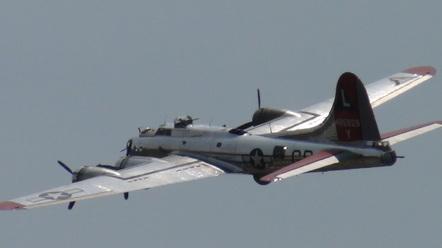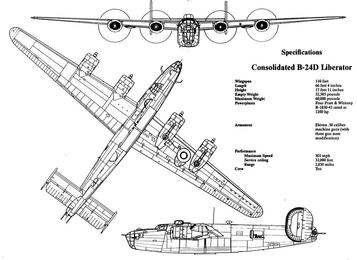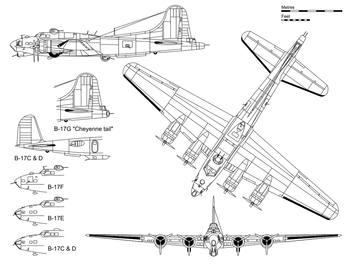
That is my analytical interest. On a more visceral level, flying and the technologies we use to fly exert an emotional gravity on me. I just like airplanes. Period.

Based on the conversations that I heard around me, many people at the air show weren’t there because they knew a lot of aviation history or cared about the technical specifics of what made a particular aircraft “interesting” or "significant." Sure, many people (myself included) probably were there at least partially because of some technical or historical interest. But I think that air shows exist as a cultural phenomenon because people connect with something that is kinetic, dynamic, and beautiful in these machines. Or at least some of these machines. I’ll try to illustrate my point with a comparison of what I saw in the reaction of the crowd to two different aircraft: a B-17 (beautiful) and a B-24 (not beautiful).


I’m guessing many people have thought/written about the emotional connections (or lack thereof) between human cultures and their technologies, so I would be surprised if I’m saying anything new here. It would be interesting to try to understand why we connect emotionally with some machines and not others, why some machines emerge as icons or symbols and some do not, and how that affects technological change. It isn’t all in the historical significance or the minutia of what constitutes innovation or improvement. Those things may play a role, but there are aspects of human cultural affection that I don’t think you can ignore. Technological development is a human enterprise.
Finally, I’m sorry if I offended anyone by saying the B-24 is ugly. But that’s my opinion and I’m sticking to it. If it makes you feel any better, I think the Bell P-63 Kingcobra is even uglier. There are only four of those left flying, one of which was at Willow Run this weekend. Interesting aircraft with an interesting history; emotional appeal of concrete.



 RSS Feed
RSS Feed
